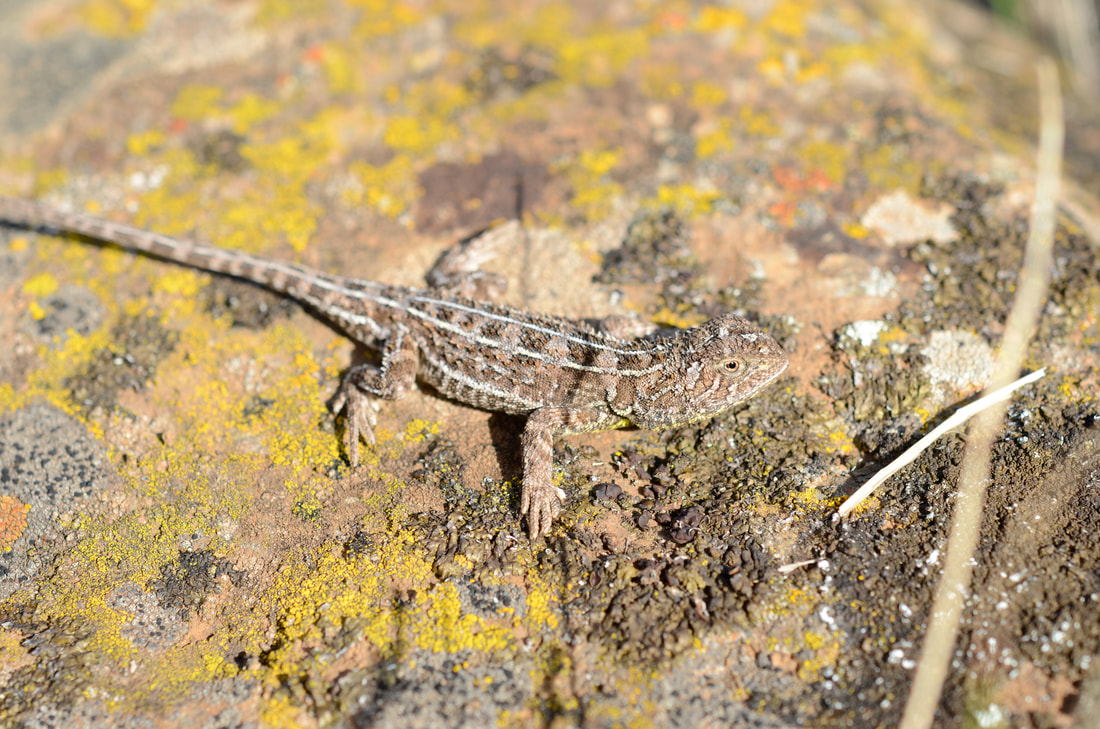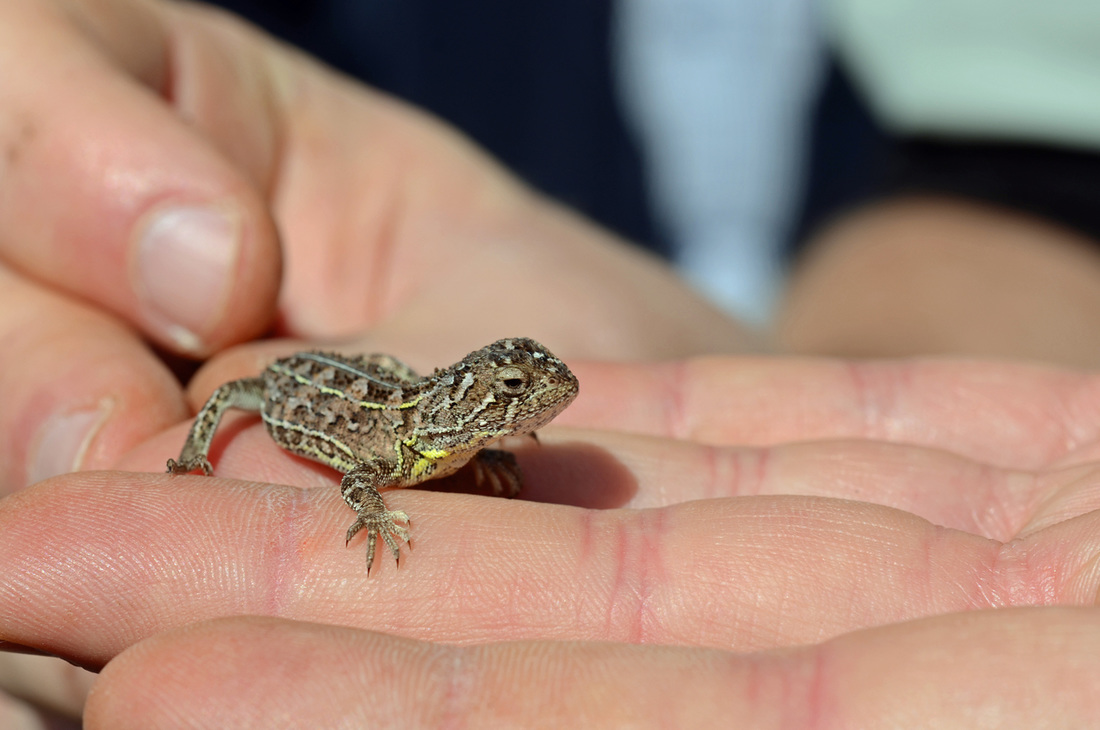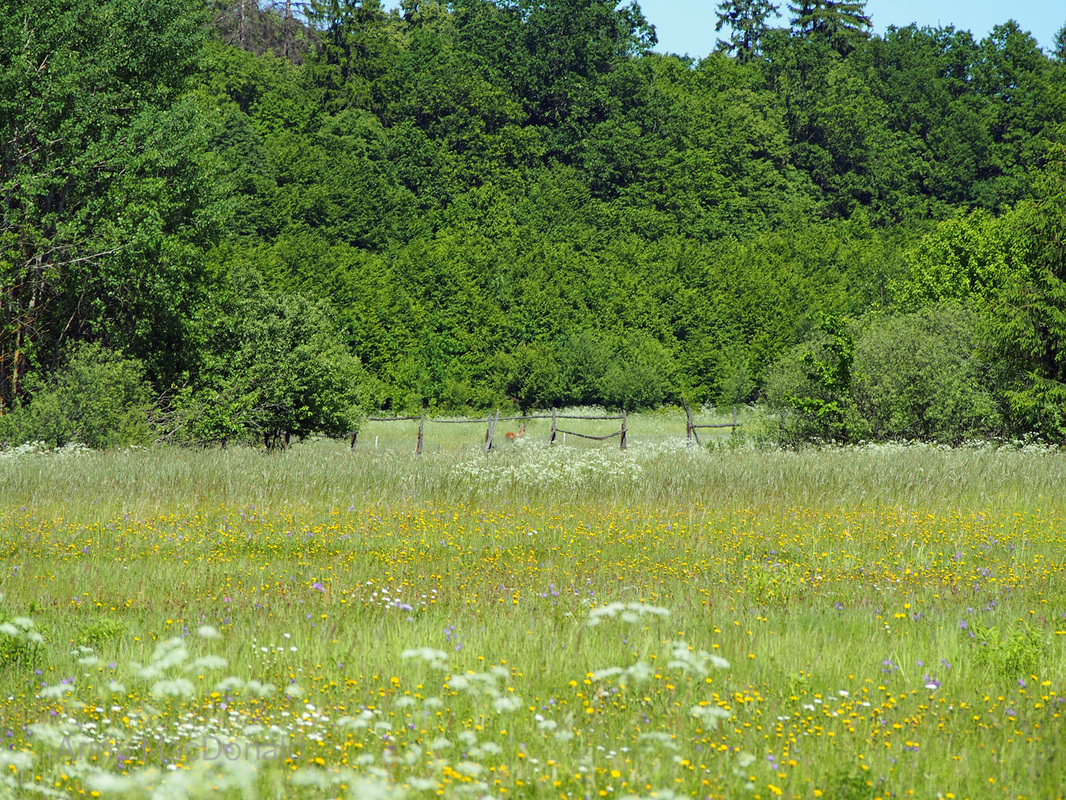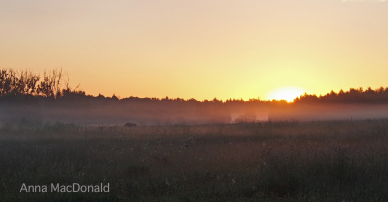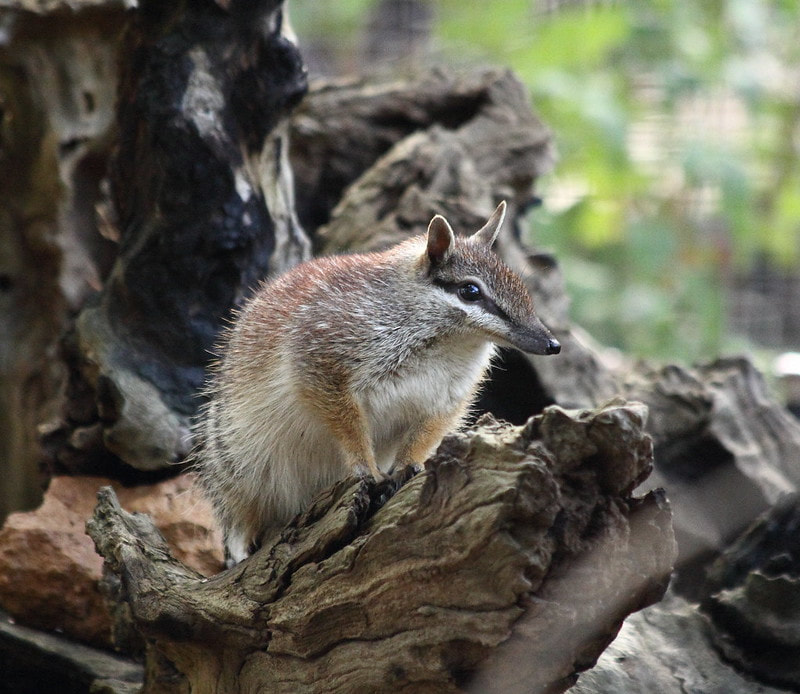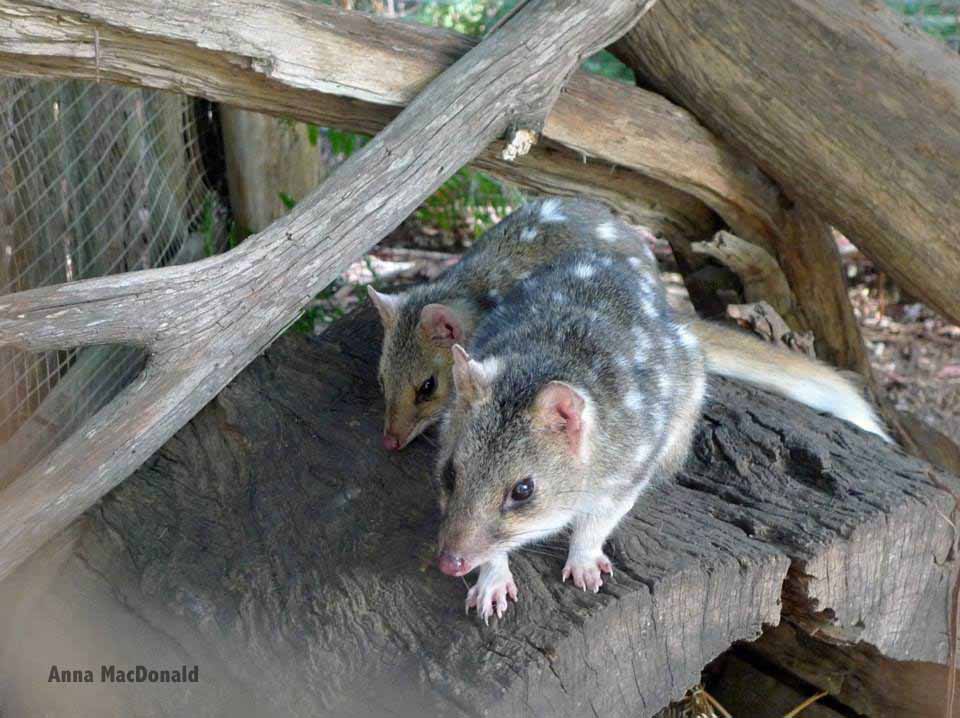Anna MacDonaldI'm a biologist with interests in genetics, conservation, ecology, invasive species, and wildlife management. Archives
May 2019
Categories
All
|
Back to Blog
Click here to read the full post at WildlifeSNPits I’ve used some of these photos in previous posts (here and here), but now I need to post an update. This little dragon is now known as the Monaro grassland earless dragon.
I’m excited to be a co-author on the paper, published last week in Royal Society Open Science (open access), that describes this species. This research combines several methods (phylogeography, phylogenomics, external morphology, micro X-ray CT scans) to review the grassland earless dragons of south-eastern Australia. It also shows how historic museum specimens can be important to understanding current biodiversity...
0 Comments
Read More
Back to Blog
Click here to read the full post at WildlifeSNPits.
I’m a fan of celebrating conservation success stories and sharing conservation optimism. In fact I’ve written about this before. Today, I want to share some wonderful teaching resources, that also highlight some reasons for hope in wildlife conservation. A little while back, I asked twitter to recommend short videos about mammal conservation in Australia, to include in lectures I was preparing. I wanted to illustrate some of the things that agencies need to think about when planning management strategies, and share some real examples of conservation actions with the students. Also, including videos of cute animals can make for a much more engaging lecture! Thanks to some lovely people I was sent links to a lot of interesting material. At the time I said I’d curate the list somewhere to make it easier for people to browse… and here it is. Please scroll down for links to a few videos about wildlife conservation, or with footage of threatened species. At this stage there is a strong focus on Australian mammals, but I’ll try to add links to other resources as I come across them. Feel free to share relevant resources with me… I know there are loads of other videos out there!
Back to Blog
Click here to read the full post at WildlifeSNPits
This week, we have a new paper published online in the journal Conservation Genetics, with former Honours student Emma Carlson as lead author. The paper is titled “How many conservation units are there for the endangered grassland earless dragons?” Yes, that’s right, dragons! But not the fire-breathing sort. The grassland earless dragon (Tympanocyrptis pinguicolla) is a feisty, but tiny, agamid lizard from south-eastern Australia. As you can see from the pictures below, they can also be incredibly cute!
Back to Blog
Click here to read the full post at WildlifeSNPits
A couple of weeks ago, Stephanie asked if there is too much I in scicomm? This week, I’m asking whether there is too much doom and gloom in scicomm – or at least in scicomm related to wildlife conservation? Two things have led me to this post. In December, Emily asked me for my thoughts on new year’s resolutions related to wildlife and nature. I don’t usually make specific new year’s resolutions, but I do enjoy the opportunity to reflect on life at this time of year. So, I’ve been considering Emily’s question. Also late last year, I read this blog post, “It’s time to bring positivity back to conservation“. Here, Billy Geary argues that: “Conservation biologists have a responsibility to communicate facts that increase the awareness of environmental problems. But that isn’t enough. As advocates for conservation it is our responsibility to deliver messages that inspire action. It’s time to return positivity and hope to conservation.” I completely agree with him. As conservation scientists, whatever our aims and motivations, at the end of the day what we are “selling” is hope. Hope that in the future our favourite species, or community, or ecosystem, will persist and thrive.
Back to Blog
Click here to read the full post at WildlifeSNPits At first they were just shadows, dark impressions glimpsed through the mist. Is that really…? Could it be…? As we moved a little closer one of them turned to the east, to face the rising sun. His profile was unmistakable, the curved horns and humped shoulders proclaiming “bison”! And not just any bison, but free-ranging European bison, grazing in the meadows on the edge of the largest remnant of primeval forest in Europe. Without a doubt, this encounter during my visit to Poland in July was the stand-out wildlife experience of my year. With an emphasis on WILD. I suspect that experience is also what prompted this post, on the topic of rewilding. Rewilding. It’s an evocative word. It’s also a word that seems to turn up quite regularly in my news feeds at the moment. Every so often, friends ask me what I think about rewilding. To answer them I wanted to gain a better understanding of some of the issues surrounding rewilding, so I thought I’d do a little reading, then write a quick blog post on the topic. Well, that was a mistake! I’ve just emerged from one of those internet black holes, following one link after another, browsing paper after news article after blog, reading about some wonderful conservation projects, outlandish ideas (some good, some… less good) and first person perspectives from all sides of the debate. So what have I learned? Well… it’s complicated.
Back to Blog
Click here to read the full post at Wildlife SNPits:
So, I just made a discovery – November 7th 2015 is (or was) the first ever World Numbat Day! I had another post planned for this weekend, coincidentally about a different group of marsupials, but how could I go past this opportunity to write about numbats? I might be a little late to the festivities, but I don’t think the good folks atProject Numbat will mind too much. In this post I’m not going to share any tales of numbats glimpsed crossing the road in front of my car, or whilst I was hiking in the Australian bush, or even any of my own numbat photographs. There’s a simple reason for this. I’ve never actually seen a numbat. Yes, I know, my credibility is ruined! But wait… before you judge this alleged mammalogist too harshly… the sad truth is that the entire global population of wild numbats alive today would likely fit in my living room. I’m not saying they’d be comfortable stacked up like that, but with fewer than 1000 individuals left it’s not a big stretch of the imagination. The species is listed by the IUCN as endangered.
Back to Blog
Click here to read the full post at WildlifeSNPits:
Today, 26th January, is Australia Day. This is Australia’s national holiday, marking the arrival on this day in 1788 of the British First Fleet at Port Jackson in New South Wales. Of course one might wonder whether the anniversary of the proclamation of British sovereignty over eastern Australia is an appropriate date to celebrate Australian unity and culture. No one can deny that indigenous Australian communities have suffered – and are still suffering – extreme hardships following the establishment of British rule on this continent, and 26th January has other names: “Invasion Day”, “Survival Day”, “Day of Mourning”… This topic is not my field of expertise so I won’t expand further, but I encourage you to learn more about different perspectives here, here, here, here, here, here and here. What I do want to write about today is biodiversity and conservation in Australia, and the status of Australian wildlife in the society that has developed in the 227 years since January 26th 1788. Unfortunately I don’t think there is too much to celebrate... |
 RSS Feed
RSS Feed
